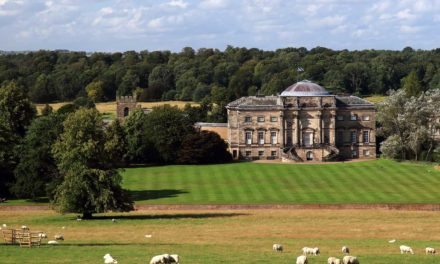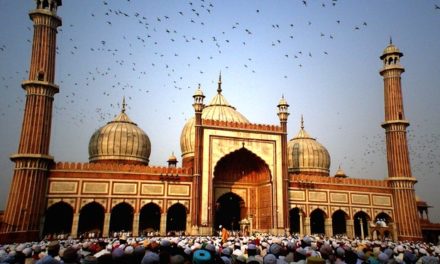Three decades ago, today, the Hubble Space Telescope was launched into space, forever changing the way we understand our universe and paving the way for the world’s most significant discoveries.
Named after American astronomer Edwin Hubble, who helped prove that the universe was expanding, the telescope was built by NASA with help from the European Space Agency. While it wasn’t the first space telescope, it’s by far the largest and most versatile one to be created until the James Webb Space Telescope launched in 2021. Today, the Hubble telescope is recognised as one of the greatest space technologies to exist.
However, its beginnings paint a different story. Despite receiving funds in the ‘70s, it took a while for the telescope to come into fruition as it fell victim to technical delays, budget problems and the bad luck of the 1986 Challenger disaster. Even after it was finally launched in 1990, astronomers noticed that the pictures from the telescope were compromised due to the mirror of the Hubble causing a blurring effect. It wasn’t until a servicing mission in 1993 that the error was corrected.
Since then, the telescope has given us access to wider knowledge on the universe and breath-taking pictures that our minds could have never imagined. It was also responsible for several breakthroughs that shifted our understanding of what we knew about our universe from black holes to the universe’ rate of expansion. It allows us to peer into the past, working almost as a time machine due to the speed of light, and depicting galaxies as they were millions of years ago. It’s safe to say that the telescope is the greatest weapon in NASA’s arsenal.

As we celebrate the 30th anniversary of the telescope’s launch, here are some of the most significant discoveries made by the Hubble.

Age of Universe
Life’s biggest questions are rarely answered. However, with the right technology, even the age of the universe isn’t far from our understanding. While it was already proven that galaxies existed outside our own, thus revealing that the universe was expanding, astronomers tried to figure how far these galaxies were and their velocities. By effectively going backwards, astronomers could determine how long the universe had been expanding and thus estimate its age. They used data retrieved from the Hubble telescope to pin the number down to around 13.7 billion years.

Galaxies
In 1995, the director of the Space Telescope Science Institute, Robert Williams, used the Hubble space telescope to zero in on what appeared to be an empty region of deep space. However, after combining 342 images across 10 days, what materialised was the jaw-dropping discovery of thousands of galaxies. What made this discovery incredibly shocking was that the galaxies were discovered in an area of the sky that was around the same size as a grain of rice held at arm’s length. Known as the Hubble Deep Field, the pictures allowed astronomers to see galaxies as they were 500 million years after the Big Bang. In 2004, almost 10 years after the picture was taken, another one was captured revealing even more galaxies.

Supermassive Black Holes
Before discovery, black holes were already the stuff of theories. However, proving their existence was incredibly hard as they can’t be seen, and its intense gravitational pull extinguishes any light in its midst. But the Hubble telescope proved that supermassive black holes were most likely common to the centre of all galaxies after observing galaxy Messier 87. They also discovered that the black hole weighed as much as three billion suns. It wasn’t until April 2019 that the Event Horizon Telescope – a network of eight linked telescopes – took the world’s first picture of a black hole based off the Hubble’s findings decades ago.
Photo Credit: NASA
- This Artist is Making the Underwater Arena His Canvas - 28th April 2021
- A Video Game that Promotes Peace and Conflict Resolution - 15th March 2021
- Netflix’s ‘Living Undocumented’ is a Difficult Series to Watch, and Exactly Why We Should - 9th March 2021






